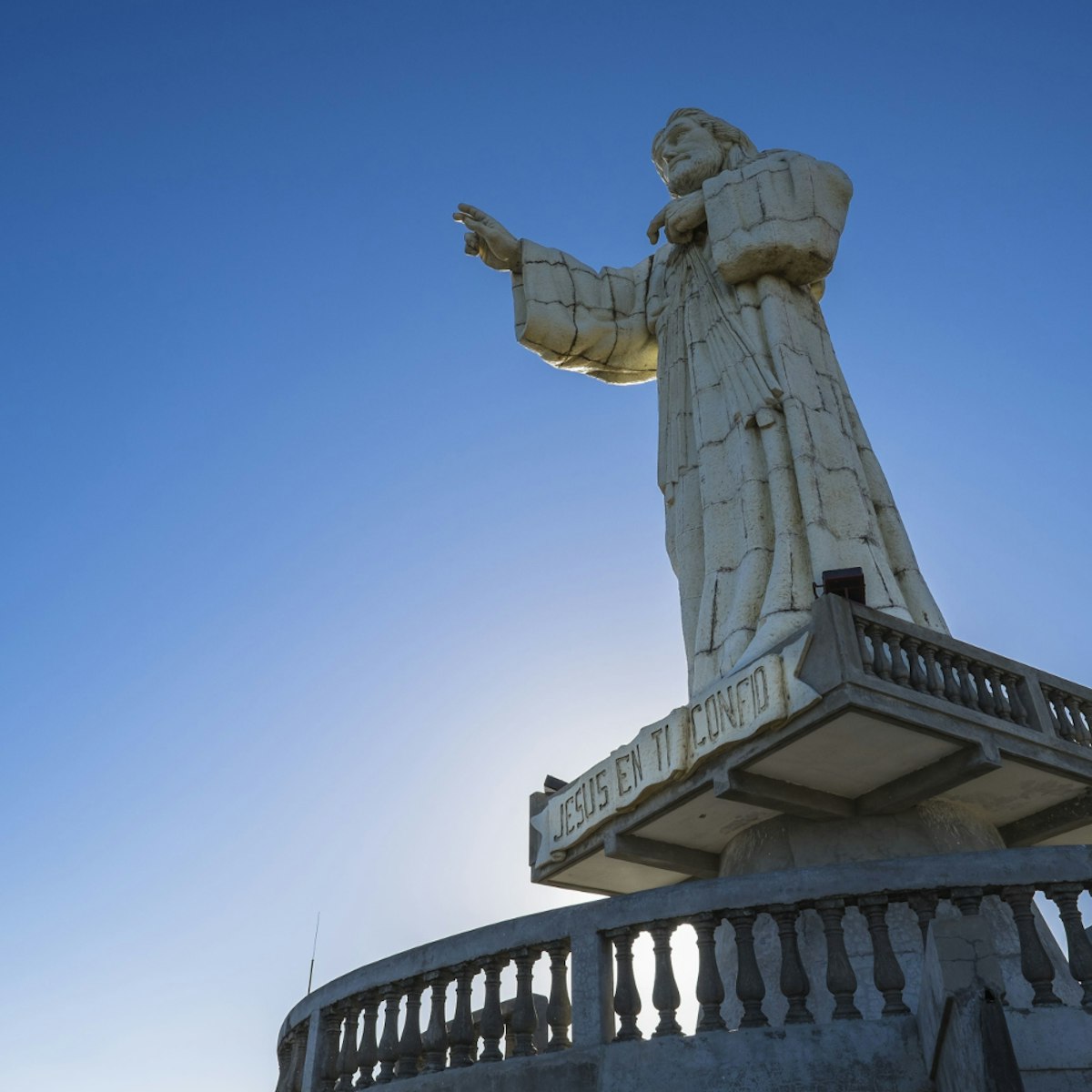With the addition of Parque Nacional Guanacaste (345 sq km) in 1989, the Area de Conservación Guanacaste became part of a protected nature corridor stretching from the Pacific to the Caribbean coast. Currently the domain of biologists, the park was closed to tourists at the time of research; those with scientific interest may be able to visit its research centers. Contact the ACG for more information.
Though almost adjacent to the Santa Rosa Sector, the park is much more than a continuation of the lowland habitats found in Santa Rosa. In its lower western reaches, the park is indeed composed of the dry tropical rainforest characteristic of much of Guanacaste, but as the terrain begins to climb towards two volcanoes – Volcán Orosí (1487m) and Volcán Cacao (1659m) – the landscape slowly transitions to the humid cloud forest that’s found throughout much of the highland Cordillera de Guanacaste. This habitat provides a refuge for altitudinal migrants that move between the coast and the highlands.
There are two active biology research stations within the borders of the park. In addition to observing animal migratory patterns, researchers are monitoring the pace of reforestation, as much of the park is composed of ranch land. Interestingly, researchers have found that if the pasture is carefully managed (much of this management involves just letting nature take its course), the natural forest will reinstate itself in its old territory. Thus, crucial habitats in the national park are not just preserved, but in some cases are also expanded.
From Maritza Biological Station, there are rough trails to the summits of Volcán Orosí and Volcán Cacao, and a better trail to a site of ancient petroglyphs. The Pitilla Biological Station lies on the northeastern side of Volcán Orosí, which is on the eastern side of the continental divide. The surrounding forests here are humid, lush and unlike anything you’ll find in the rest of Guanacaste.
To reach Maritza Biological Station, turn east off the Interamericana opposite the turnoff for Cuajiniquíl. The station is about 17km east of the highway along a dirt road that may require a 4WD vehicle, especially in the wet season.
To get to Pitilla Biological Station, turn east off the Interamericana about 12km north of the Cuajiniquíl turnoff, or 3km before La Cruz. Follow the paved eastbound road for about 28km to the community of Santa Cecilia. From here, a dirt road in truly terrible condition heads 11km south to the station – you’ll need a 4WD year-round.

